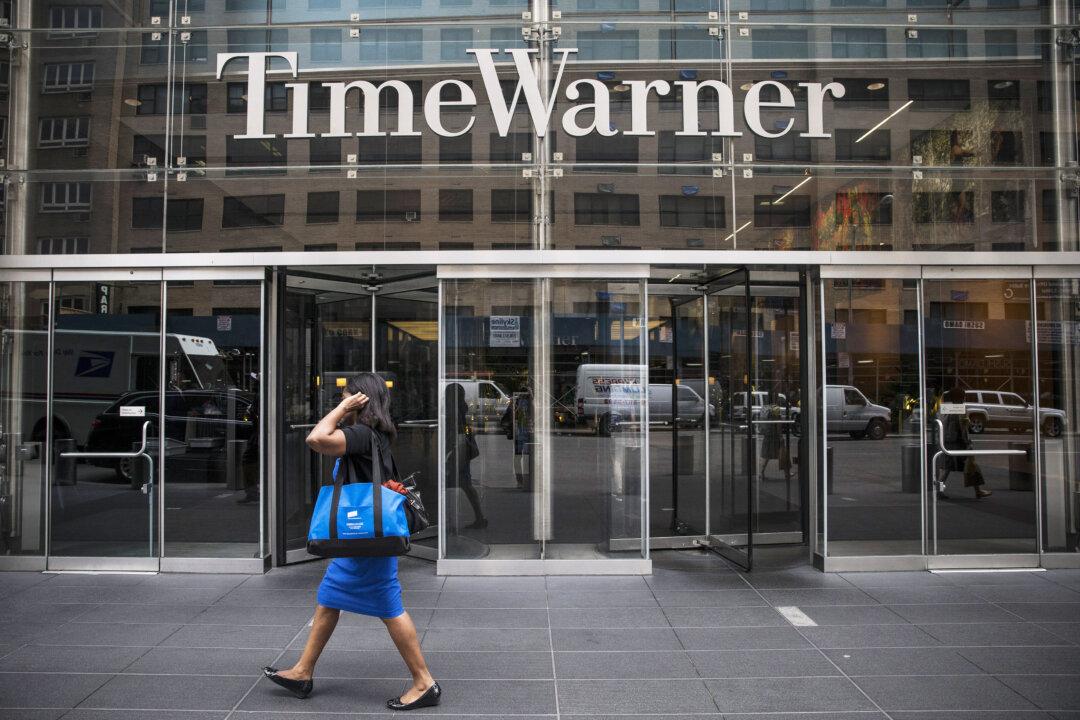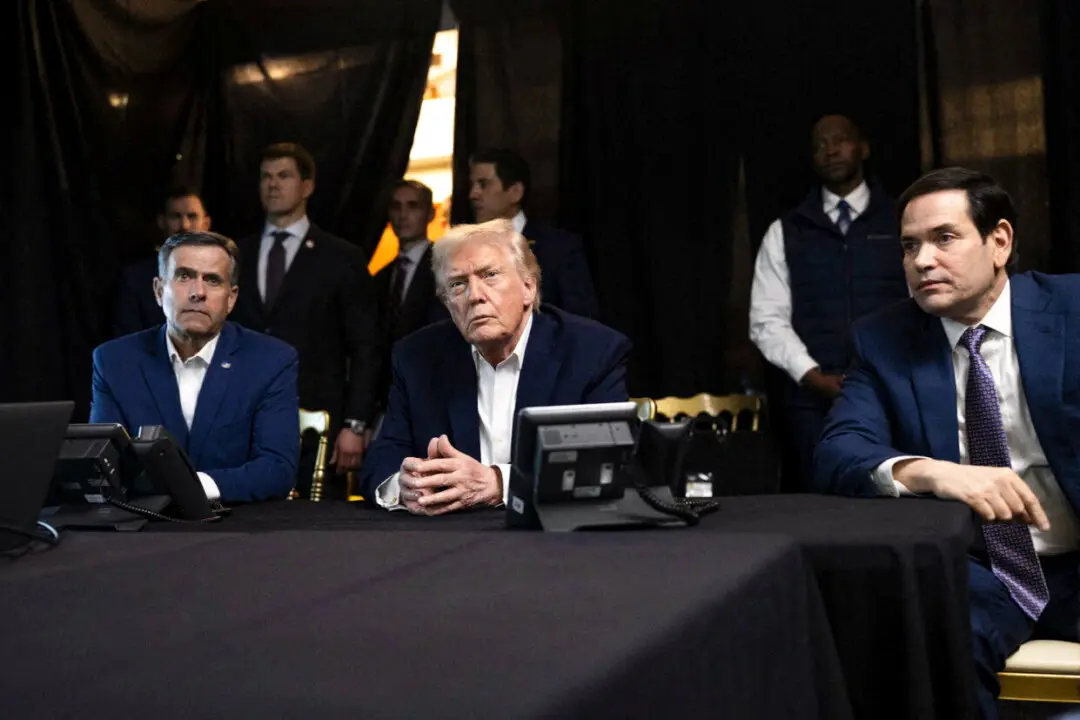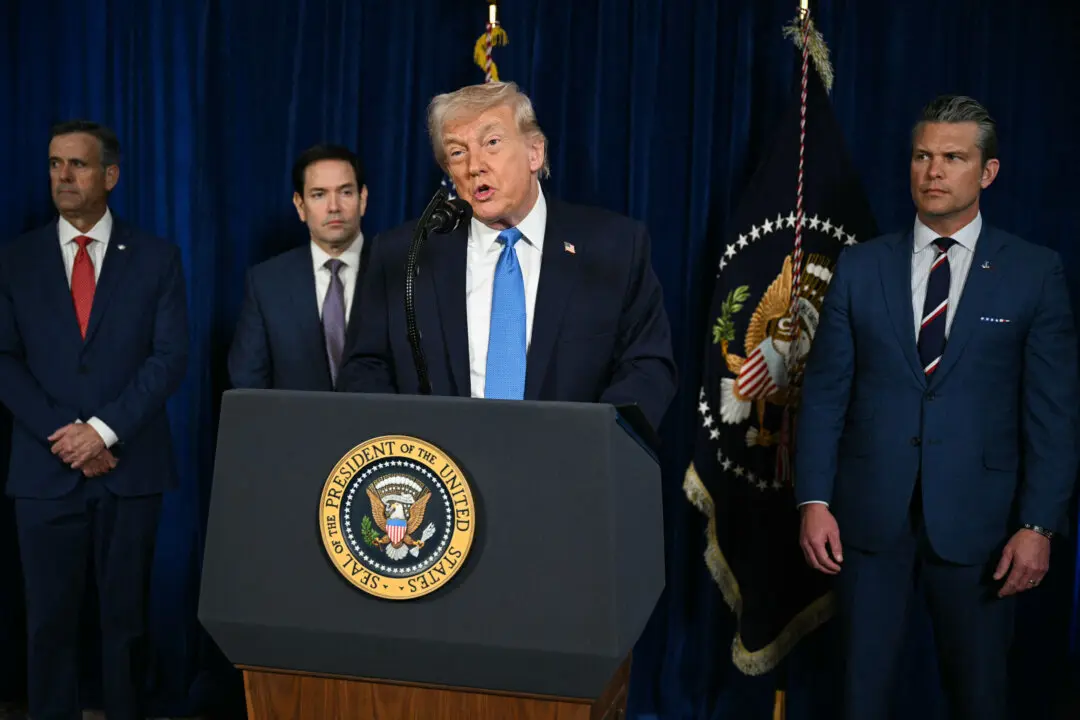It is another exciting year for mergers and acquisitions (M&A), especially for deals with blockbuster price tags. Transactions worth at least $10 billion hit a record level in the first few months of 2016, according to a report by PitchBook Platform, an M&A database.
The value of mega-deals reached a total of $371 billion worldwide with 13 deals closed in 2016 so far. The first quarter of 2016 surpassed the deal value of each quarter since 2012.

Mega deals (worth at least $10 billion) by year. PitchBook Platform





